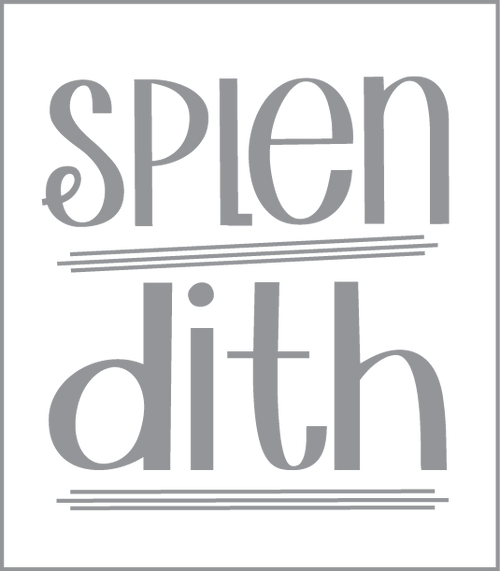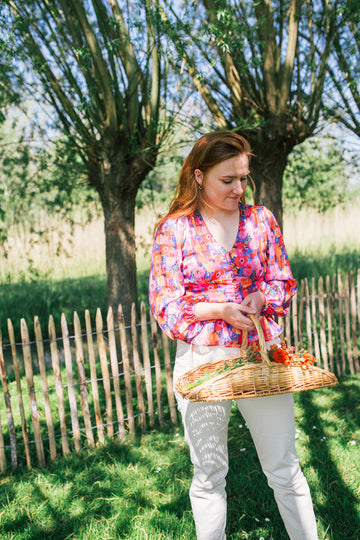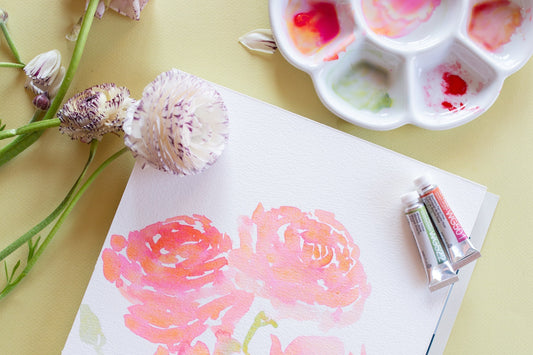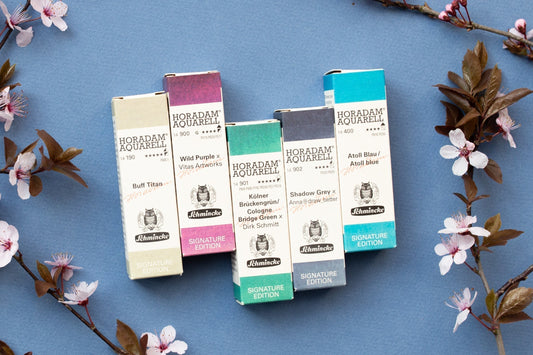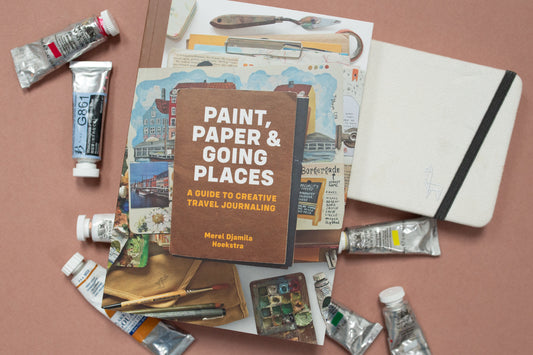When you start embroidering, you need an embroidery hoop. An embroidery hoop ensures that your fabric can stretch tightly. If you don't do this, your stitches will never be as beautiful as when you embroider on a tight piece of fabric. It also makes embroidery a lot easier. Double benefit! There is also plenty of choice in embroidery hoops, which one do you use for what?
What is an embroidery hoop anyway?
An embroidery hoop always consists of two parts, a small hoop and a somewhat larger hoop with a closure. By placing the fabric between both rings and allowing them to fit tightly, you clamp the fabric. So if you first tension the fabric properly and then tighten the ring, you will have a temporarily taut fabric. You can always remove the fabric from the ring, or hang it up with the ring and all for decoration.
What should you pay attention to when purchasing an embroidery hoop?
- Do the rings fit together properly
The two rings are strongest when they fit snugly. So pay close attention!
- There is no huge gap between the closure
It is best if the closure does not have a large gap. By that gap I mean the space between the two wooden ends. There is often a little bit of space in between, which is fine, as long as it is not too long, which makes it more difficult to tighten the closure.
- How does the ring fit in the hand?
Haha yes, nice and easy to test from your screen ;). Only do this when you are in the store or when you are looking in my shop during a trade fair.
Differences in embroidery hoops
Right, out which of all types should you choose now. The differences between embroidery hoops are often reflected in price/quality, material and shape. Here is a brief explanation.
Price quality
Price is often the first thing you notice when choosing an embroidery hoop. Now it is often the case that for more money you also get better quality. You certainly don't have to buy the most expensive one right away. A cheap ring is useful if you are just starting out. If you are more advanced, you would like to have a better ring. You can often recognize better quality by more durable materials and the closure. With better rings you can tighten the closure with a screwdriver.
Do you not want to hang the ring, but use it for multiple projects? Then you use the ring several times and it is easier to purchase a more expensive ring.
Materials
Embroidery rings are available in all sizes, the most common type is wood, followed by bamboo and plastic.
I like wood the best, it also gives you the most choice in terms of shapes. There is also a difference in quality between wooden embroidery hoops. The difference in quality is reflected in the type of wood used. Beech wood is stronger (and also a bit more expensive) than any other type of wood.
Bamboo is often the most affordable version, but bamboo is strong provided it is properly produced.
Plastic is also available. For example, you have a nice plastic variant from DMC, where the inner ring is non-slip. I try to use and sell as little plastic as possible, because there is already enough plastic floating around on the earth. I deliberately do not use this ring for hanging items. I think it's a shame to keep using a plastic ring. The ring works very well, so I use it when I only need to tighten the fabric temporarily.
Different shapes
You have embroidery hoops in a number of shapes. Round is the most common, but an oval ring, for example, is also readily available. Nice to vary it, I would start with a round embroidery hoop.
Embroidery hoops vs quilting hoops
Embroidery hoops look very similar to quilt hoops when viewed from the top. Quilting rings are certainly different, they are a lot thicker than embroidery, so the raised edge is higher. You can also use quilt rings for embroidery, but they are a lot heavier due to their thickness.
I think that's all I could say about embroidery rings, but if you have any questions, please ask them in the comments?
What is your favorite embroidery hoop?
Love,
Judith
